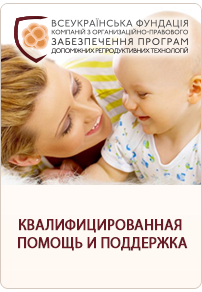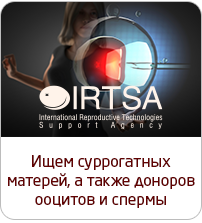A Lesson in Maternal Love and a Baby Switch in France
GRASSE, France — When Sophie Serrano finally held her daughter, Manon, in her arms after the newborn, suffering from jaundice, had been placed under artificial light, she was taken aback by the baby’s full head of glossy hair.
Ms. Serrano, now 39, was baffled again a year later, when she noticed that her baby’s hair had grown frizzy and that her skin color was darker than hers or her partner’s.
But her love for the child trumped any doubts. Even as her relationship unraveled — in part, she said, over her partner’s suspicions — she painstakingly looked after the baby until a paternity test more than 10 years later showed that neither she nor her partner was Manon’s biological parent. Ms. Serrano later found out that a nurse had accidentally switched babies and given them to the wrong mothers.
The story made headlines in France, when a southern court ordered the clinic in Cannes where the babies were switched, as well as the clinic’s insurer, to pay a total of 1.88 million euros, or $2.13 million, to be split by the families. The money, Ms. Serrano said, would repair “an invaluable damage” and put an end to a 12-year ordeal.
But the story of Manon and her accidental mother takes turns more complicated than most fiction could anticipate, challenging cherished assumptions about maternal attachment.
Ms. Serrano’s love for Manon, she said, grew stronger after she learned that the girl was not her biological daughter. She also said that, after meeting the girl she had given birth to, she felt no particular connection with her.
The court decision ended Ms. Serrano’s long struggle to obtain damages for the nurse’s negligence. It also helped her, she said, silence neighbors and others who accused her of lacking maternal instinct and criticized her inability to identify with her own child.
When Ms. Serrano gave birth, the baby developed neonatal jaundice and was almost immediately placed in an incubator. Because of a shortage of cradles, a nurse put the naked baby in the same cradle as another naked baby. When Manon was handed over to Ms. Serrano after the treatment, mother and child had spent very little time together. Ms. Serrano noticed that the baby’s hair was thicker, but she said she was persuaded to put it out of her mind.
In order to find the family that had received her biological daughter, Ms. Serrano filed a civil complaint against the clinic in 2010. Police investigators discovered that Manon’s biological parents were a Creole couple from the island of La Réunion, a French territory in the Indian Ocean, who, as it turned out, now lived just a few miles from Ms. Serrano.
The families saw each other several times, during which Manon explored her Creole origins. But the parents and daughters had trouble building any rapport, and they eventually stopped seeing each other. In the end, after some discussion, both families preferred to keep the child they had raised, rather than taking their biological one.
Source: nytimes.com
- The central office of IRTSA Ukraine completely restores work
- How we work during the COVID-19 pandemic
- 1st International Congress on Reproductive Law
- Soon Americans may face a new ethical dilemma
- ‘Friends’ star Jennifer Aniston is pregnant with twins
- Image processing technology can impact the success rates of ivf
- Editing genes of human embryos can became the next big thing in genetics
- Supermodel Tyra Banks undergoes IVF
- Scientists discovered a new, safer way for egg freezing
- French scientists have managed to grow human sperm cells in vitro









